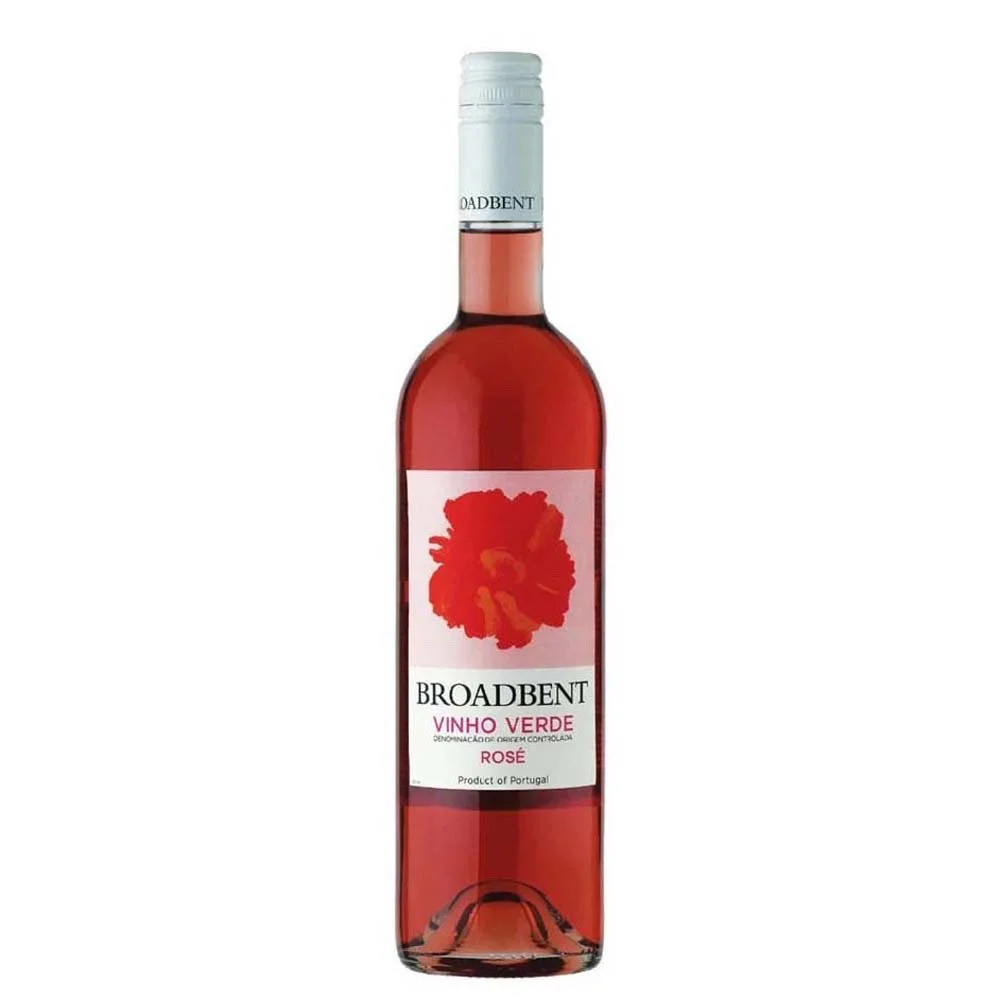ROSÉ
Where Freshness Meets Finesse
Rosé is the effortlessly chic wine style that captures the best of both red and white. Whether pale and mineral or vibrant and fruity, it’s beloved for its drinkability, versatility, and undeniable sense of occasion. From seaside aperitifs to refined pairings, Rosé delivers nuance with a refreshing edge.
Key Characteristics
Rosé is typically crisp and aromatic, with fruit-forward notes and subtle floral undertones. Color ranges from pale blush to vivid pink, depending on the grapes and style.
Style
Still, rosé
Body
Light to medium
Acidity
Medium to high
Primary Grapes
Grenache, Syrah, Mourvèdre, Pinot Noir, Sangiovese (varies by region)
Typical Flavors
Strawberry, raspberry, watermelon, citrus, rose petal, herbs
Origin & History
Though rosé has been made for centuries—arguably longer than most red wines—modern rosé rose to global popularity through the dry, elegant styles of Provence. Today, top rosés are produced in regions across France, Italy, Spain, and the U.S., showcasing diverse expressions while maintaining their light, refreshing appeal.
How It’s Made
Most rosé wines are made by gently pressing red grapes and allowing limited skin contact—usually just a few hours—to extract color and light tannin. Some styles are made by blending red and white wines, though this is less common and typically limited to sparkling wines like Champagne.
Notable Regions
Rosé is made globally, but certain regions have become benchmarks for quality and style.
France
Provence
Light, dry, and delicately floral—synonymous with modern rosé
Spain
Navarra & Rioja
Garnacha-based rosados with bold fruit and body
United States
California & Oregon
Ripe, expressive rosés with vibrant color and flavor
Italy
Chiaretto & Cerasuolo
Distinct regional styles with more depth and food structure
Food Pairings
Rosé is a year-round pairing wine, equally at home with casual bites or refined Mediterranean fare.
Appetizers
Tapenade, grilled vegetables, prosciutto and melon
Seafood
Shrimp skewers, salmon tartare, bouillabaisse
Cheeses
Feta, fresh chèvre, Comté
Vegetarian
Niçoise salad, ratatouille, herbed couscous
How to Serve It
Glassware
White wine glass or tulip-shaped glass to focus aroma and preserve freshness
Temperature
45–50°F (7–10°C)
Storage
Store upright in a cool, dark place; chill before serving
Fun Fact
The paler the rosé, the drier it’s perceived—but color doesn’t always indicate sweetness.
Many deeply colored rosés are bone dry.
Recommended Producers
These houses exemplify the diversity and craftsmanship of rosé, from coastal Portugal to the heart of Provence.
Broadbent
A champion of expressive, value-driven wines, known for their lively Vinho Verde Rosé with bright acidity and charm.
Clos Beylesse
A distinctive Provençal producer delivering refined rosé in its signature blue bottle, highlighting elegance and terroir.
Wölffer Estate
A Hamptons-based winery crafting globally inspired rosés like Summer in a Bottle, blending style with precision.
Château d'Esclans
A Provençal icon renowned for Whispering Angel, setting the benchmark for premium rosé with global appeal.
Recommended Pours
Broadbent - Vinho Verde Rose NV — A light, spritzy Portuguese rosé with bright strawberry, citrus, and a refreshing mineral lift.
Clos Beylesse Rose, Cotes De Provence, 2022 — A sleek and elegant Provençal rosé with delicate red fruit, saline minerality, and a signature cobalt blue bottle.
Wölffer Estate - Côtes de Provence Summer in a Bottle 2022 — A vibrant and stylish rosé blending stone fruit, melon, and floral notes with crisp acidity.
Chateau D'Esclans - Cotes de Provence Rose Whispering Angel 2022 — A globally loved rosé offering subtle berry flavors, citrus zest, and polished Provençal finesse.





